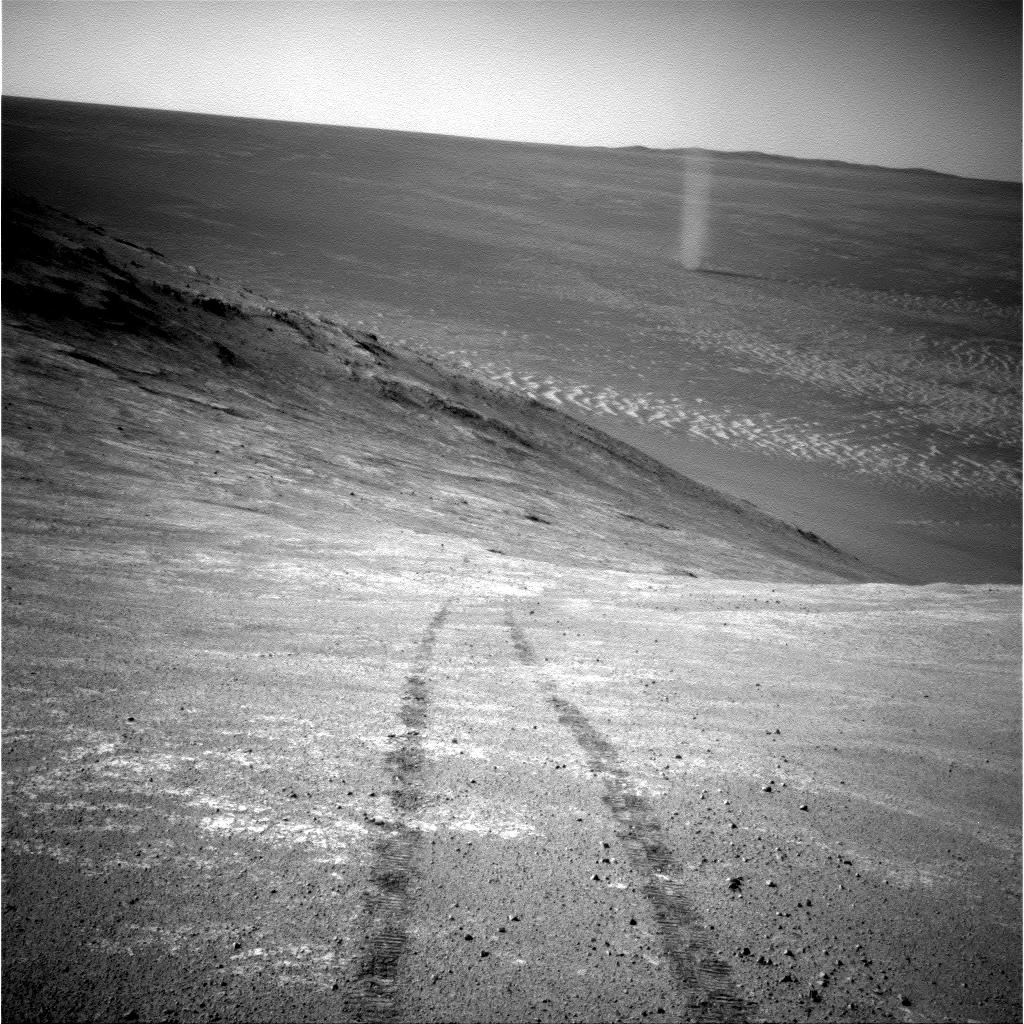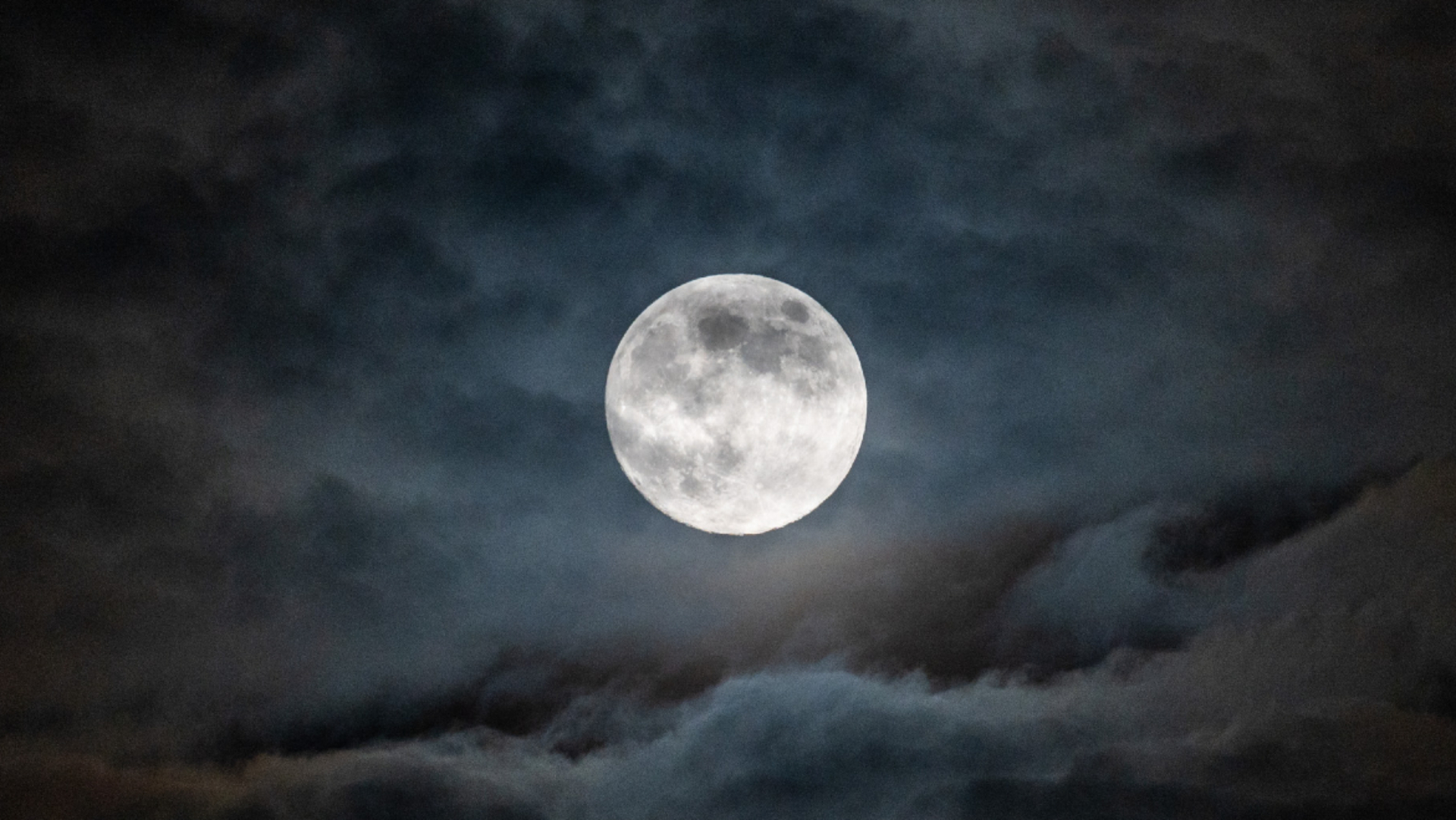Twister on Mars! Opportunity Rover Makes Tracks Ahead of Dust Devil (Photo)

NASA's Mars rover Opportunity is no storm chaser.
A photo snapped by Opportunity Friday (April 1) shows the six-wheeled robot's tracks in the foreground and a Martian twister off in the distance, perhaps giving viewers the impression that the rover is in full retreat from a tornado.
But Opportunity is not making a run for it. For one thing, the twister is a dust devil, not a true tornado of the type that can wreak havoc here on Earth. And with a top speed of just 0.1 mph (0.16 km/h) — and a minimum 8-minute round-trip communication delay between Opportunity and its handlers — fleeing is never really an option for the rover.
So, the newly released image is just a nice, and fortuitously captured, tableau of the Red Planet's 14-mile-wide (22 km) Endeavour Crater.
Dust devils are common on Mars, as they are on Earth. These spinning columns of air, which can carry dust high up into the atmosphere, are driven by solar heating and therefore are most common on warm, sunny days.
The golf-cart-size Opportunity rover landed on Mars in January 2004, a few weeks after its twin, Spirit. Both robots began hunting for signs that liquid water once flowed across the planet, as part of a surface mission originally envisioned to last just three months.
Spirit and Opportunity found plenty of such evidence, and kept on exploring long after their warranties expired. Spirit was declared dead in 2011, and Opportunity is still going strong, poking around the rim of Endeavour Crater.
Breaking space news, the latest updates on rocket launches, skywatching events and more!
In the summer of 2014, Opportunity broke the record for the greatest distance traveled on the surface of a world other than Earth — 24.2 miles (39 kilometers), which was set by the Soviet Union's remotely controlled Lunokhod 2 moon rover back in 1973. Opportunity's odometer currently reads 26.53 miles (42.69 km), NASA officials said.
Follow Mike Wall on Twitter @michaeldwall and Google+. Follow us @Spacedotcom, Facebook or Google+. Originally published on Space.com.

Michael Wall is a Senior Space Writer with Space.com and joined the team in 2010. He primarily covers exoplanets, spaceflight and military space, but has been known to dabble in the space art beat. His book about the search for alien life, "Out There," was published on Nov. 13, 2018. Before becoming a science writer, Michael worked as a herpetologist and wildlife biologist. He has a Ph.D. in evolutionary biology from the University of Sydney, Australia, a bachelor's degree from the University of Arizona, and a graduate certificate in science writing from the University of California, Santa Cruz. To find out what his latest project is, you can follow Michael on Twitter.
